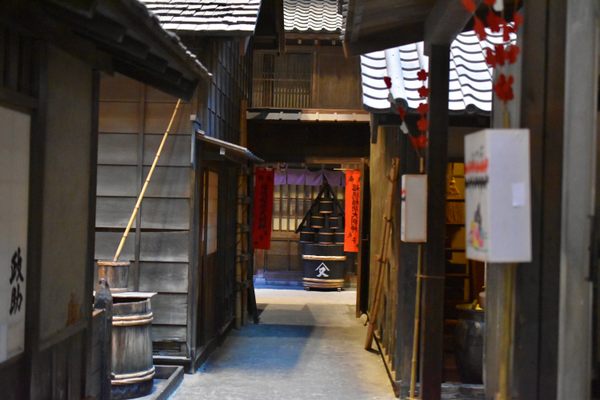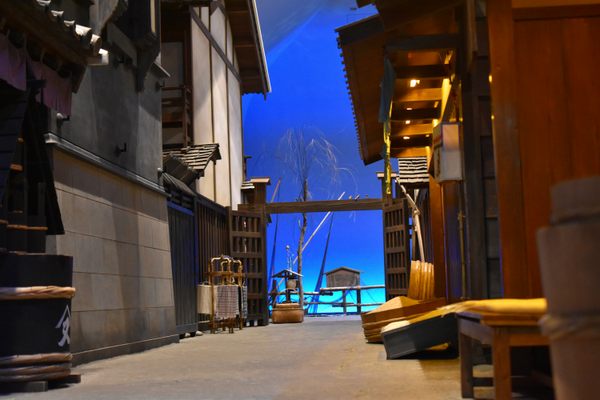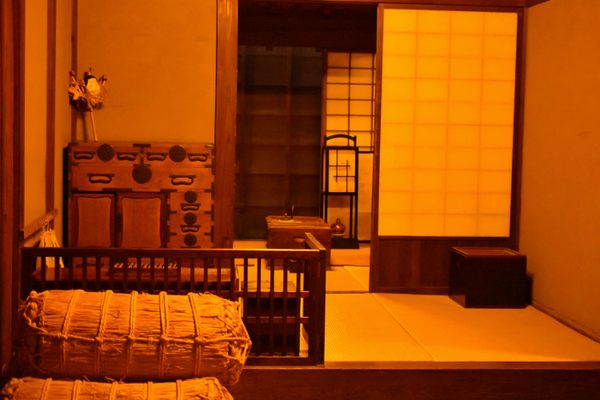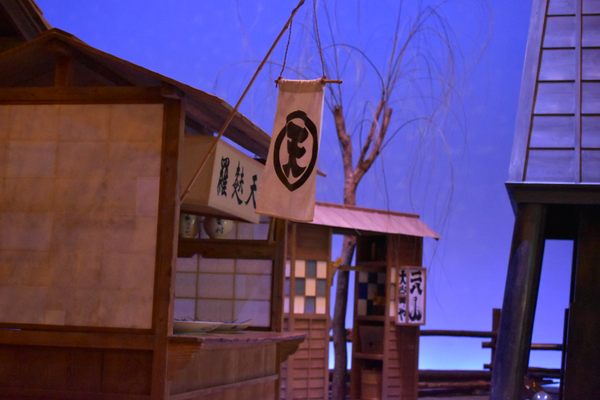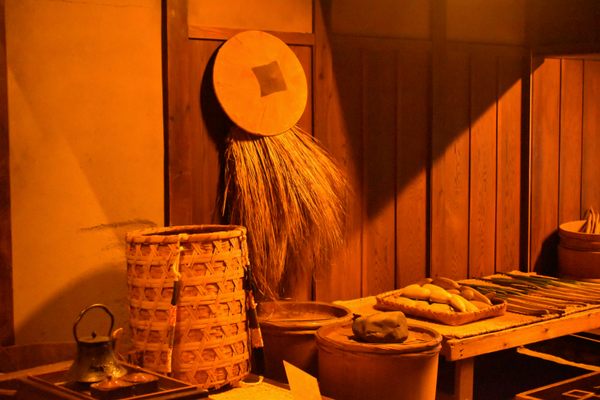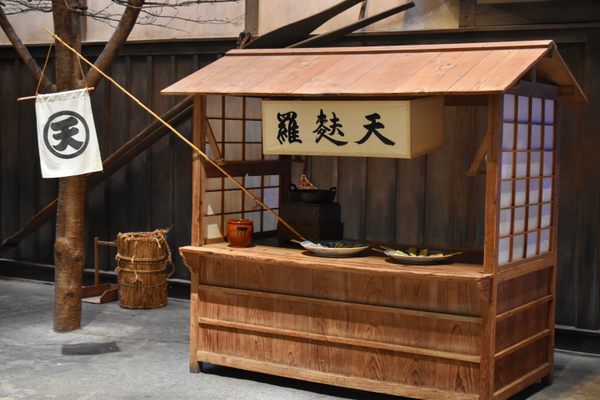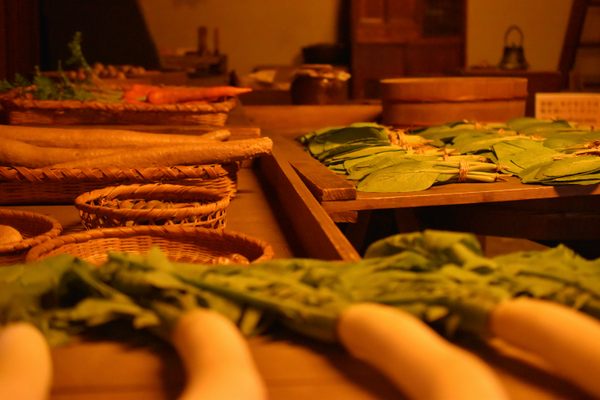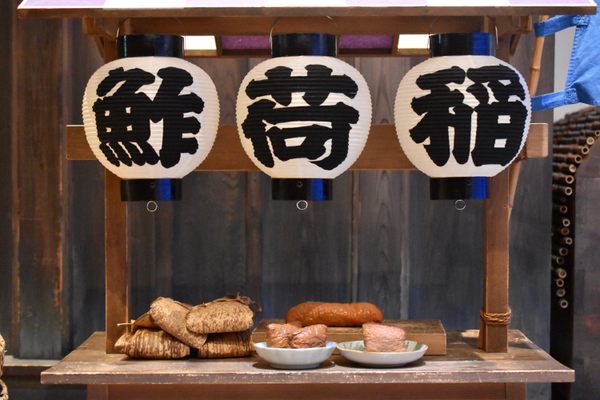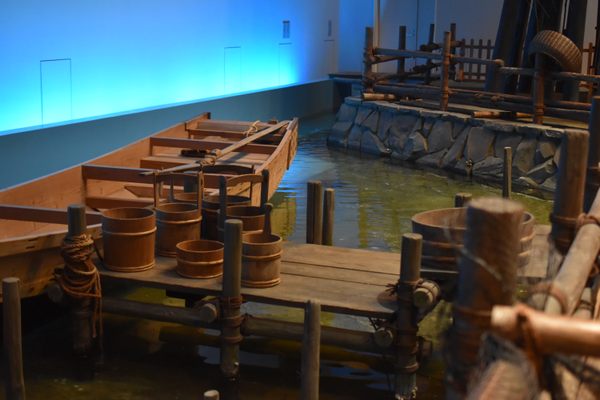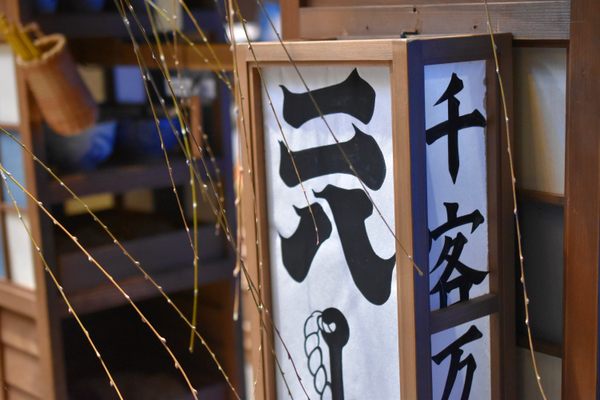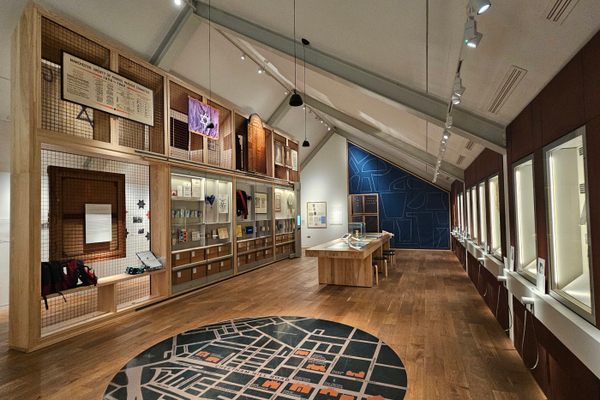About
The Fukagawa Edo Museum may not be quite as big or well-known as the Edo-Tokyo Museum or the Shitamachi Museum, which are similar in theme. It's a must-visit nonetheless for those wishing to get a glimpse of life in Tokyo as it once was when the city was the Tokugawa shogunate's capital called Edo.
Established in 1986, the Fukagawa Edo Museum is a local history museum focusing on the shitamachi life in the town of Fukagawa-Sagachō during the Tenpō era, circa 1830-1844. While it does collect and display artifacts and historical documents, its centerpiece is, without a doubt the life-size replica of Fukagawa-Sagachō, an indoor exhibit that is more than it seems.
The replica town consists of several areas, all of which were once common sights in Edo. For instance, a wooden bell tower called hinomi yagura ("fire lookout tower") stands tall in the corner of the "town," and under it is the plaza, with a teahouse and stalls of tempura and nihachi soba noodles. Such street food stalls commonly operated side by side, so that customers might buy from both to make their own "tempura soba."
Beside the stalls is the canal, where you can find chōki-bune ("boar's tusk boats") docked along the street with inns catering to the ferrymen and fishers. Beyond, the town's residential area spreads out, with several narrow alleys sandwiched by wooden longhouses called nagaya. Here, you can spot wholesalers' shops, a carpenter's house, and a communal space with a water well, a public bathroom, dumping grounds, and a small shrine dedicated to the fox god Inari.
Everything about the exhibit is very realistic, and it's more than just the detailed props and architecture. Lighting changes over the course of 20 minutes, for one thing, so that visitors can experience the town at various times of the day. Sound effects are also utilized, such as the hawker's cry and the pounding of a sudden rain.
In addition to all this, the museum has also provided the replica town with a backstory for each of its inhabitants. For example, the greengrocer (who himself is not to be seen) is 30 years old, with a wife five years older and a 10-year-old son, while one of the residents of the nagaya is supposedly a 36-year-old widow who teaches shamisen and calligraphy to her neighbors for a living.
The exhibit presents a unique, immersive experience that anyone can enjoy, whether you are seeking a historic stroll through the past or a bit of a photo opportunity.
Related Tags
Know Before You Go
The museum is open every day from 9 a.m. to 5:30 p.m. It will also stay open until 9 p.m. on two days or so in August for its annual limited-time exhibit on the local yōkai and ghost stories.
Hidden Japan: Sado Island, Nara & Kyoto
Explore a different side of Japan.
Book NowCommunity Contributors
Added By
Published
July 24, 2024
